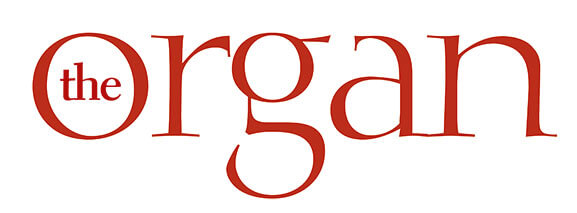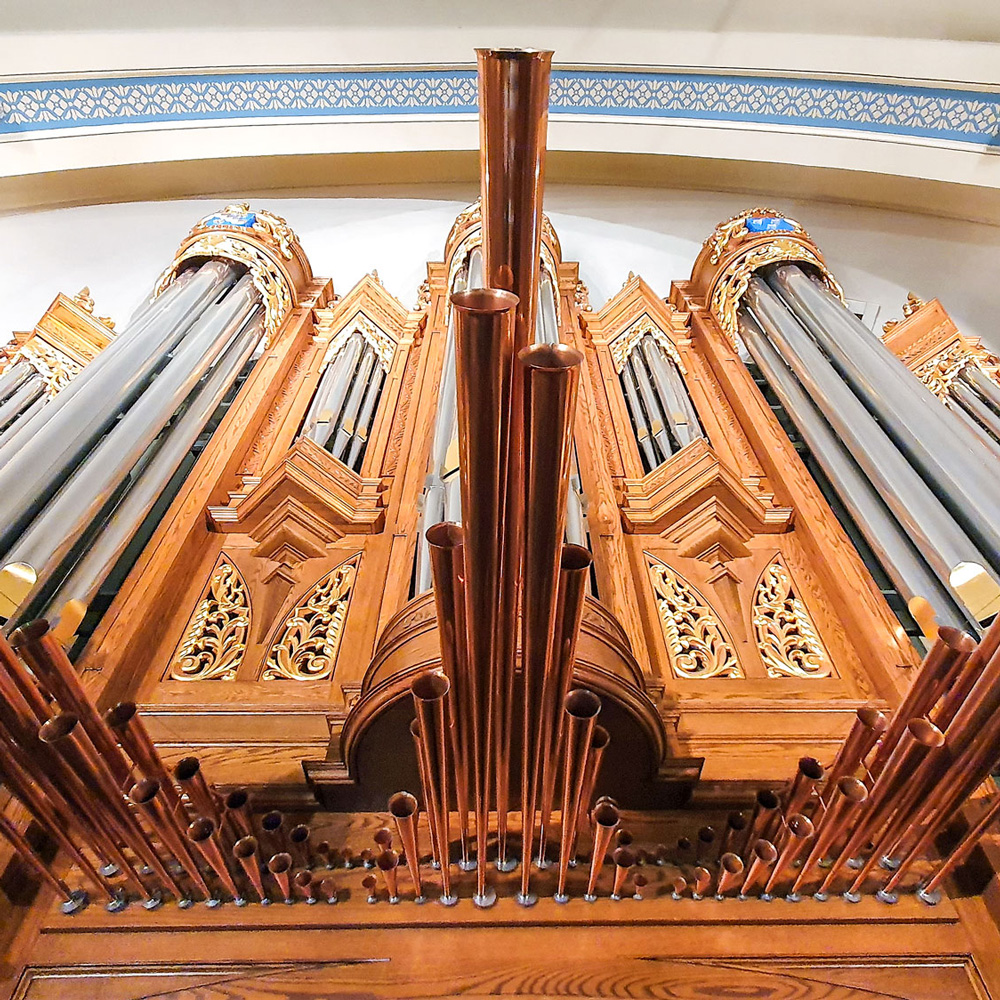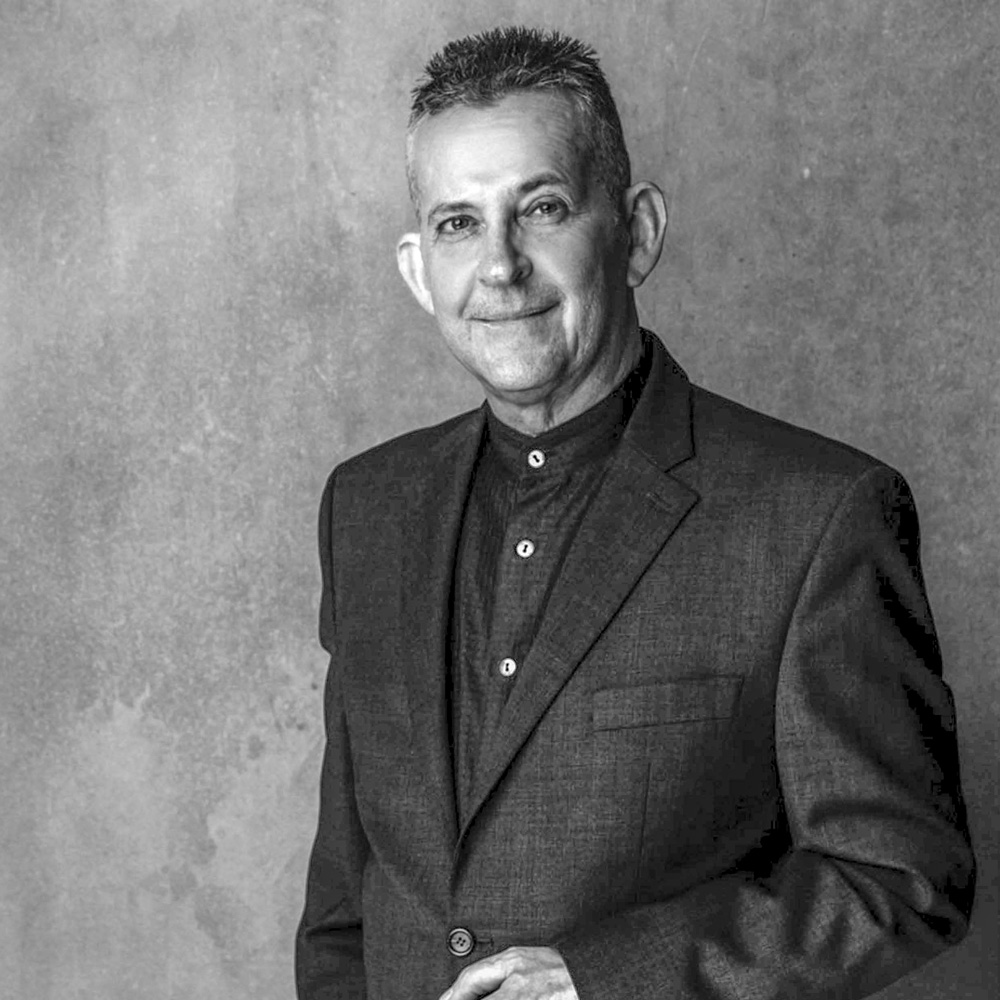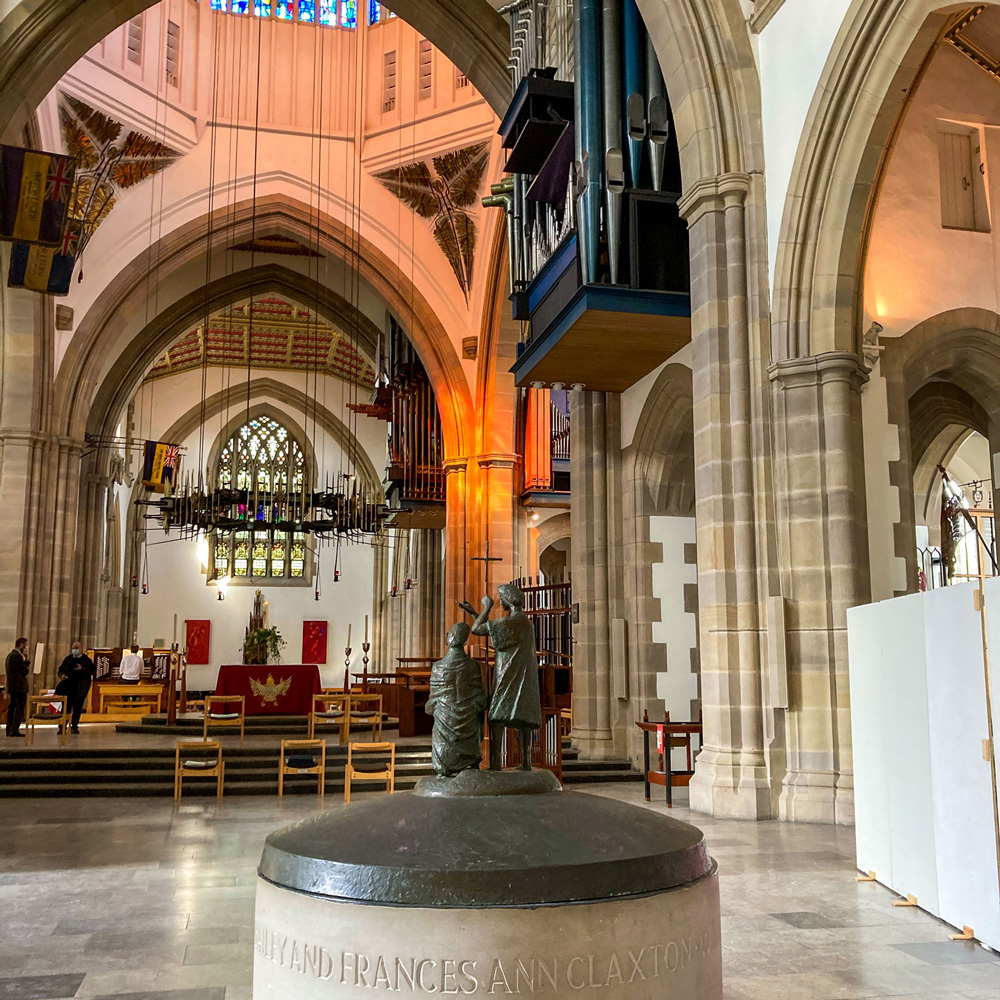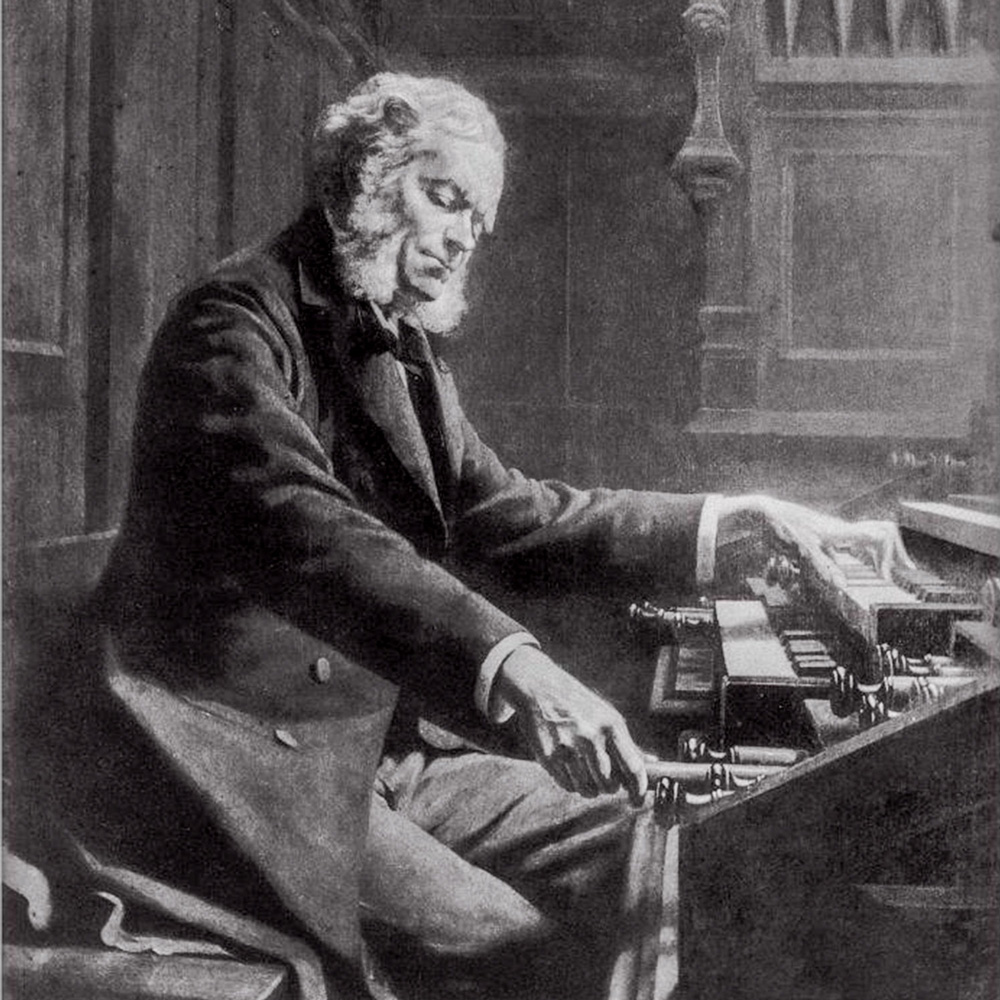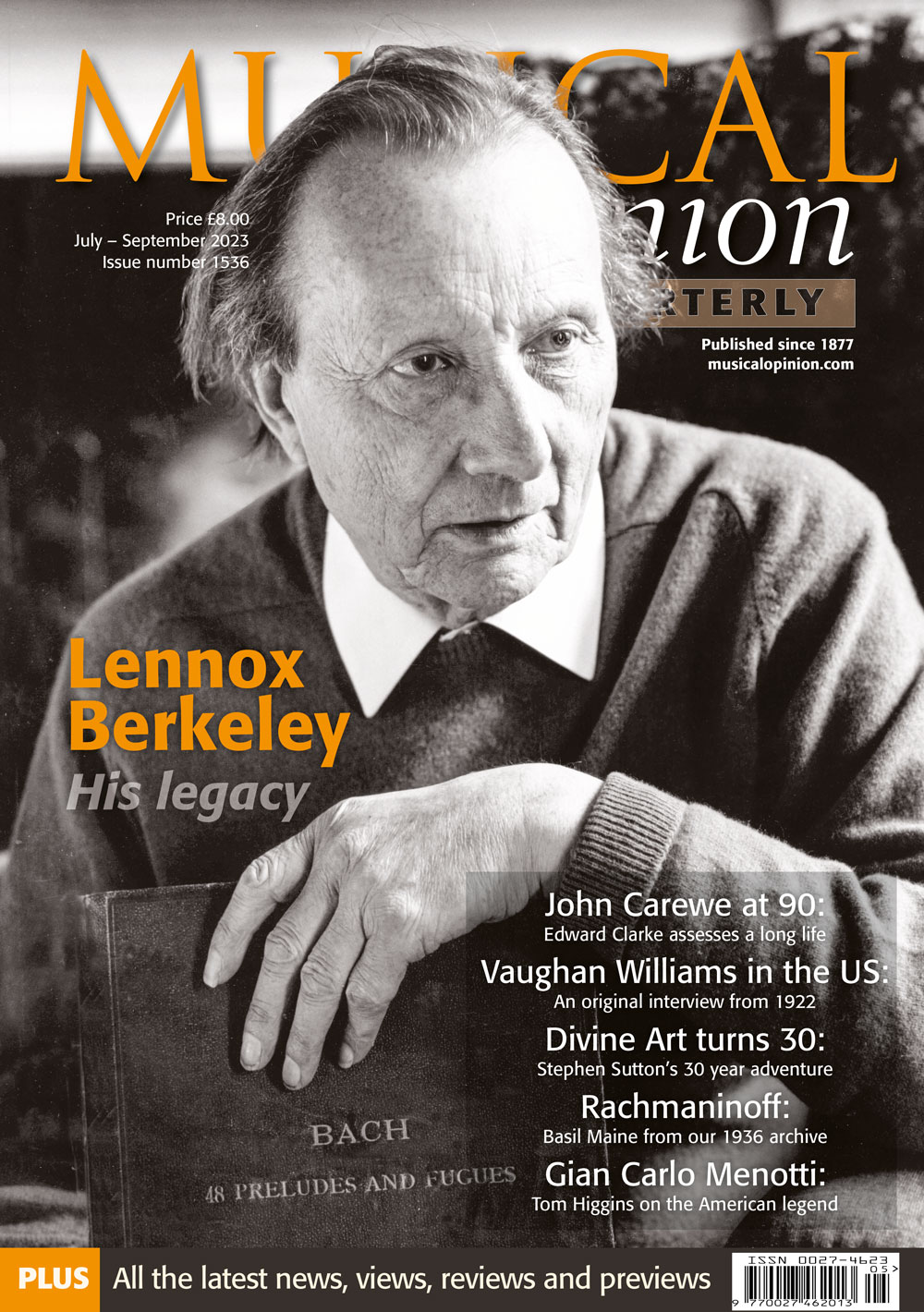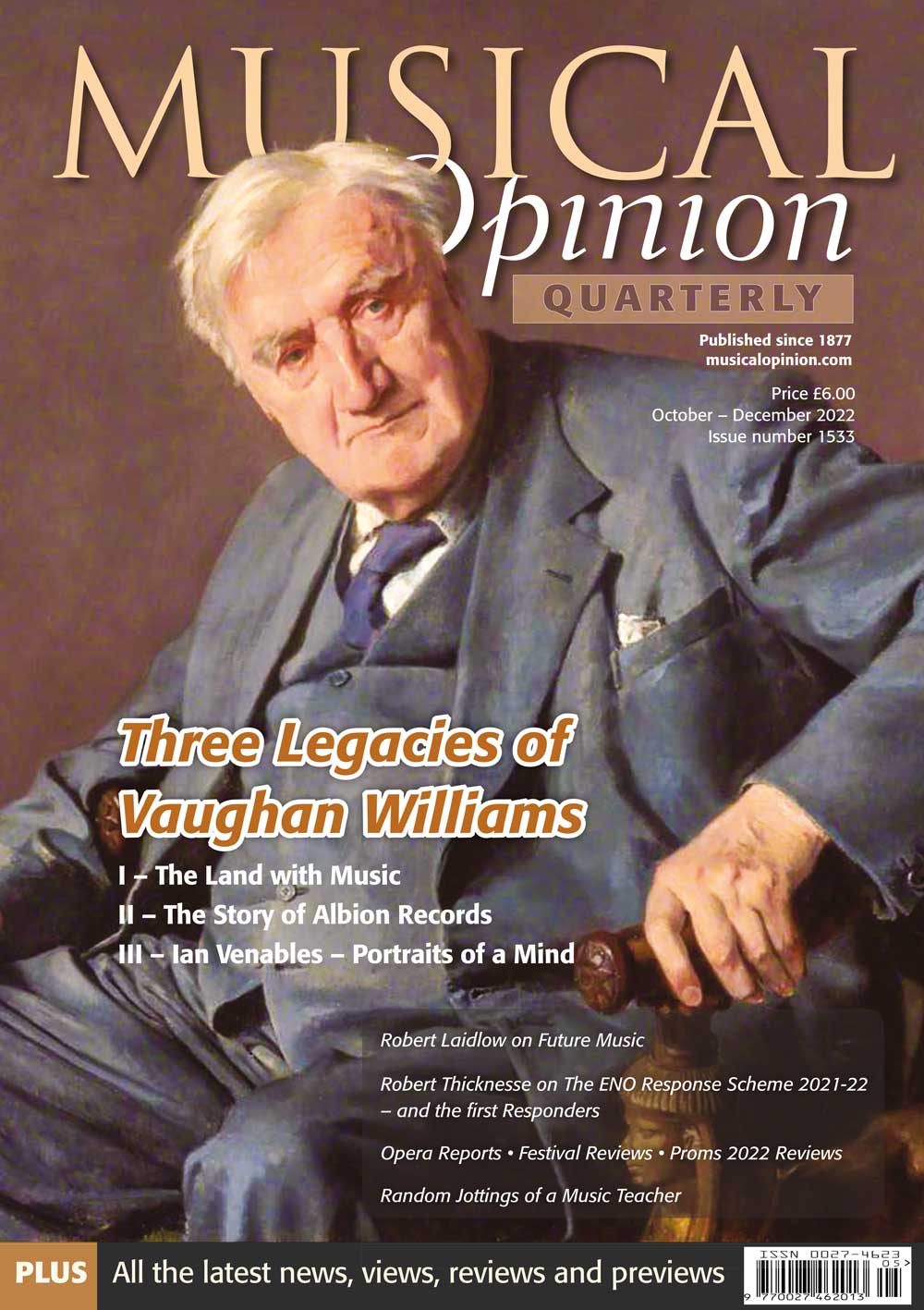One of the first churches to be destroyed in the Great Fire of 1666 – which, beginning in Pudding Lane, where the Monument now stands, and at once spread northwards – was that of St Clements, Eastcheap. In those days, there being no King William Street, Eastcheap extended as far as St Clements Church. In those days (all change of long established precedent being slow in the City) the ancient topographical preposition ‘Eastcheap’ is still attached to St Clements Church very often without the qualifying preposition ‘near’; to the great bewilderment of postmen, policemen, and other public officials whose knowledge of London is expected to be – like that of Mr Samuel Weller – both ‘extensive and peculiar.’ On this spot, at the corner of Clement’s Lane and King William Street, a church has stood for more than a thousand years. Stow dismisses ‘S. Clement in Eastcheap’ in a few words, thus:
“This is a small church, void of monuments, other than of Francis Barnham, alderman, who deceased 1575, and of Benedicke Barnham, his son, alderman also, 1598. William Chartney and William Overie founded a chantry there.” WITH FULL SPECIFICATION

